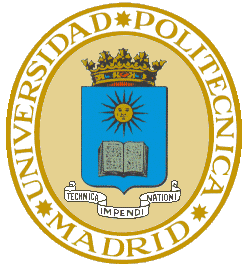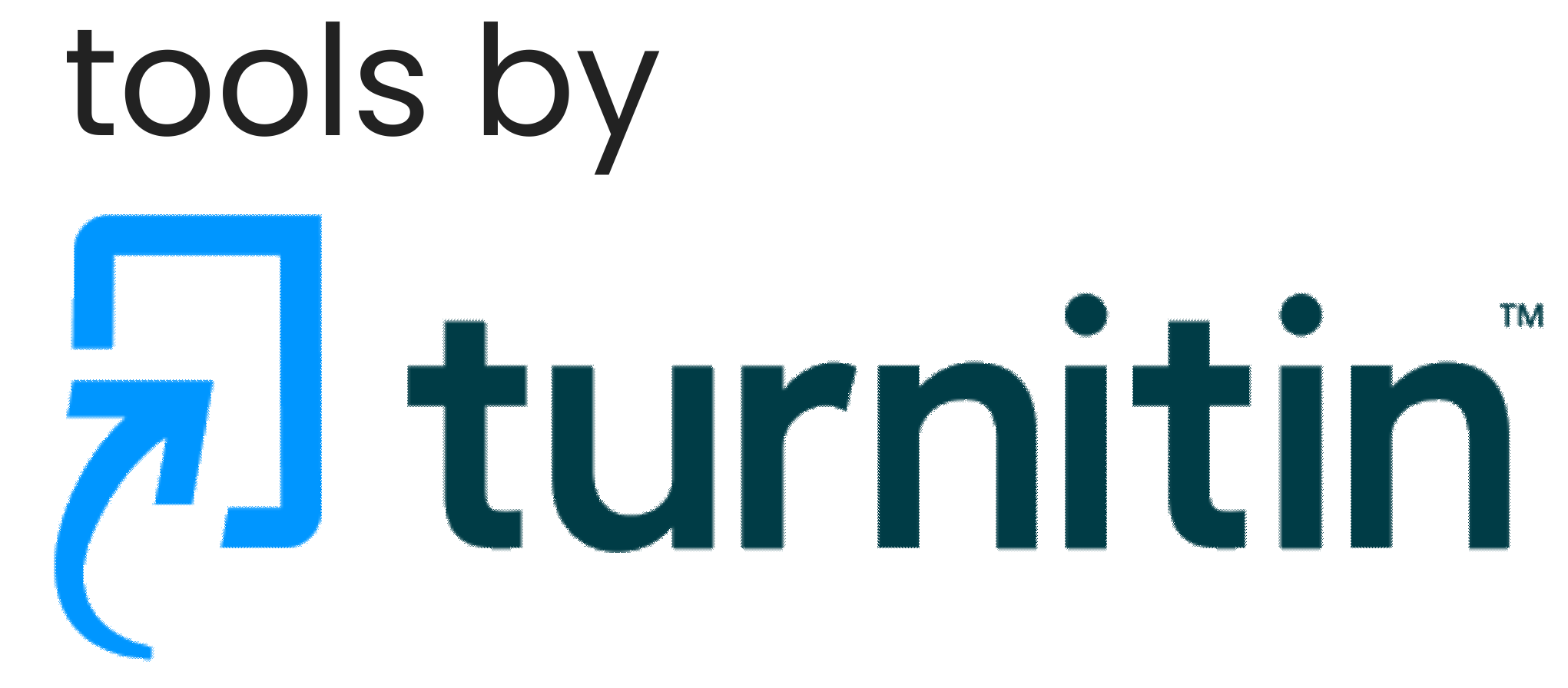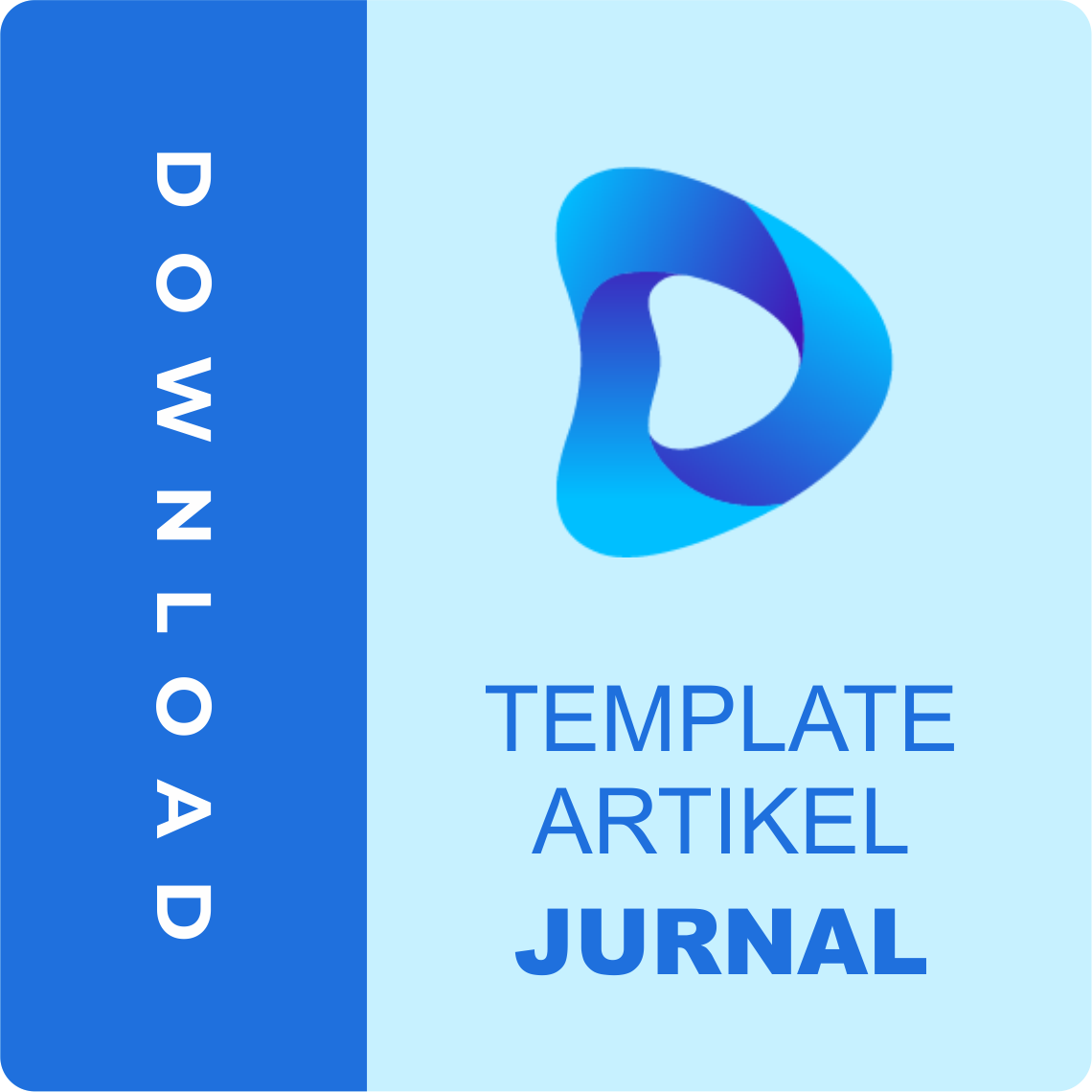Cost Budget Analysis Based On Value Engineering In A 10 – Story Hotel
DOI:
https://doi.org/10.59188/devotion.v6i8.25509Keywords:
Value Engineering, cost efficiency, function analysis, hotel construction, alternative materialsAbstract
ABSTRACT
The use of Value Engineering increases the value and performance of projects, with many benefits for projects and organizations, such as economical, technical, and managerial. This study discusses the application of the Value Engineering method in a 10-storey hotel construction project that aims to identify and reduce unnecessary costs without reducing the quality, function, and aesthetics of the building. The process begins with the collection of project technical data such as Detailed Engineering Design and Cost Budget Plan. Analysis was carried out on several work items, including formwork, ceiling, and façade, using the Breakdown Cost Model, FAST Diagram, and function analysis. Alternative designs are developed through creative stages, analyzed with a Life Cycle Cost approach, and evaluated in terms of advantages and disadvantages. The results show that there is a potential cost savings of IDR 533,884,167.36. The details are as follows: formwork work resulted in savings of IDR 38,713,128.61 (2.14%), ceiling work of IDR 11,518,697.38 (11.3%), and façade work of IDR 483,652,341.37 (9.14%). This research proves that the systematic application of Value Engineering can improve cost efficiency and maintain the overall quality and performance of construction.
Downloads
Published
Issue
Section
License
Copyright (c) 2025 Nathania Dwi Damayanti, Muhammad Usmaidi Soleh, Adam Nurjaman, Aryanti Indah

This work is licensed under a Creative Commons Attribution-ShareAlike 4.0 International License.
Authors who publish with this journal agree to the following terms:
- Authors retain copyright and grant the journal right of first publication with the work simultaneously licensed under a Creative Commons Attribution-ShareAlike 4.0 International. that allows others to share the work with an acknowledgement of the work's authorship and initial publication in this journal.
- Authors are able to enter into separate, additional contractual arrangements for the non-exclusive distribution of the journal's published version of the work (e.g., post it to an institutional repository or publish it in a book), with an acknowledgement of its initial publication in this journal.
- Authors are permitted and encouraged to post their work online (e.g., in institutional repositories or on their website) prior to and during the submission process, as it can lead to productive exchanges, as well as earlier and greater citation of published work.













